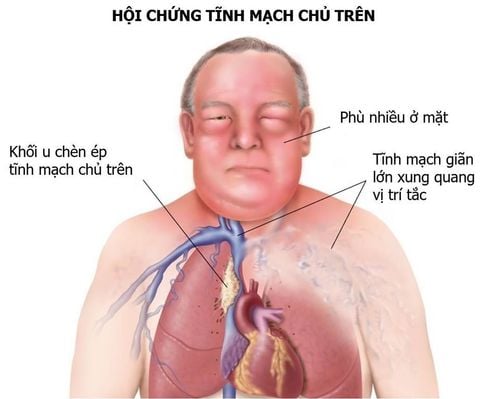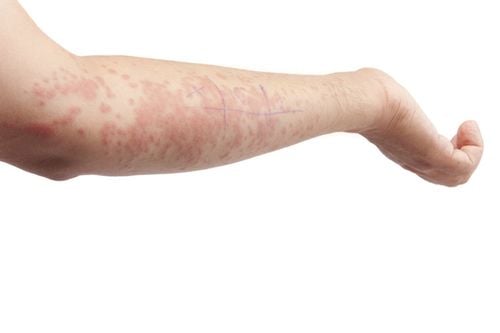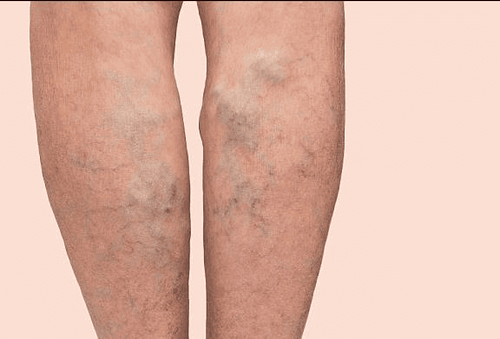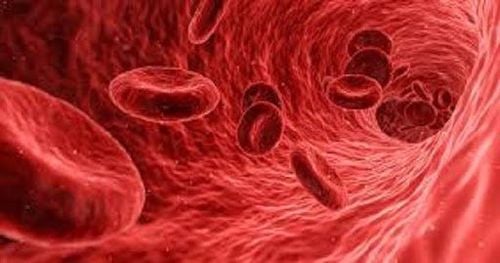This is an automatically translated article.
The article is professionally consulted by Master, Doctor Pham Van Hung - Department of Medical Examination & Internal Medicine - Vinmec International General Hospital Da Nang. The doctor has 30 years of experience in examination and treatment of internal diseases, especially in Cardiology.The cardiovascular system in the body consists of the heart muscle and the vascular system. Every day, the heart works continuously, pumping an amount of blood equivalent to about 14,000 liters of blood carrying oxygen and nutrients to the organs in the body through three main types of blood vessels: arteries, capillaries and veins.
1. What are blood vessels in the body?
The body's vascular system is a system of pipes that carry blood from the heart to the organs in the body for metabolism. All cells in the body need oxygen and essential nutrients found in the blood. Without oxygen and these nutrients, all cells would die. Thanks to the contractions of the heart, oxygen and nutrients reach the body's tissues and organs through the vascular system to help maintain daily activities.Not only carry oxygen and nutrients to organ tissues, blood vessels also transport carbon dioxide (CO2) and waste products out of tissues. CO2 will be eliminated from the body through the lungs and most of the excess products will be eliminated through the kidneys. It is thanks to this vascular system that blood is circulated throughout the body to help maintain our daily activities.
2. How does vascular circulation take place in the body?
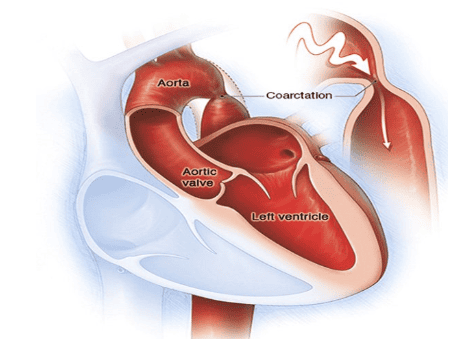
3. What types of blood vessels are there in the body?
There are three main types of blood vessels in the body: arteries, capillaries, and veins. In addition, arteries are divided into a network of small blood vessels called arterioles and similarly there are venules that join to form veins.Arteries are blood vessels that carry oxygen-rich blood from the heart to all tissues in the body. They divide into many small branches, and these branches can be divided into many smaller branches called arterioles that help carry blood farther into the ends of organ tissues. Capillaries are small blood vessels that connect arterioles and venules. These blood vessels have thin walls that allow oxygen and nutrients to enter the cells; Carbon dioxide and waste products pass through the vessel walls into the bloodstream. Metabolism between organ tissues and blood vessels takes place in these capillaries. Veins are blood vessels that carry blood back to the heart. The size of the vein becomes larger the closer it is to the heart. The superior vena cava is the largest vein that carries blood from the head and arms back to the heart; while the inferior vena cava carries blood from the abdomen and lower extremities.
4. Structure of blood vessels

4.2. Structure of veins Veins are similar in structure to arteries with three layers. However, the walls of veins are thinner, the inner lining of the venous system has venous valves that are responsible for helping blood flow in a certain direction.
4.3. Structure of Capillaries The capillary wall is made up of a single layer of endothelial cells. There are many small holes on the capillary walls that help increase the body's metabolism.
5. What is the function of blood vessels?
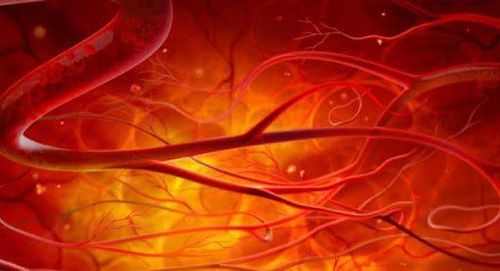
Arteries come in different sizes. In large arteries, the walls of the vessels have special elastic fibers that can stretch and contribute to the heart's ejection function (blood continues to be pumped even though the heart is at rest). ).
Arteries can also respond to signals from the nervous system to contract or relax to help regulate the body's blood pressure. Pressure and chemical receptors in the blood vessels help to receive information about the body's hemodynamic status and transmit these signals to the brain. The brain then sends out signals to the vascular system that change the size of the blood vessels (vasoconstriction or vasodilation). In simple terms, vasoconstriction will increase blood pressure and conversely, vasodilation will lower blood pressure. However, the vascular system is not the only organ that contributes to the regulation of blood pressure, but also involves many complex systems.
Arteries are the smallest arteries of the body. They transport blood to the capillaries and also have the same dilating function as the arteries, contributing to the control of blood flow to the capillaries.
The capillaries in the organ tissue will fuse to form the venules. The venules aggregate to form larger veins. Veins are responsible for transporting blood back to the heart. Inside the veins in the lower extremities of the body are venous valves that make it easier for blood to return to the heart without flowing back.
6. Some diseases in blood vessels

Arteries : angina pectoris , myocardial infarction , abdominal aortic aneurysm , atherosclerosis , Raynaud's syndrome Capillary : Allergic capillary inflammation (Schonlein Henoch disease) ), systemic capillary leak syndrome, Venous: deep vein thrombosis, phlebitis, varicose veins, venous valve failure. To protect your heart health in general and detect early signs of a heart attack in particular, you can sign up for the Cardiovascular Screening Package - Basic Cardiovascular Examination of Vinmec International General Hospital. The examination package helps to detect cardiovascular problems at the earliest through tests and modern imaging methods. The package is for all ages, genders and is especially essential for people with risk factors for cardiovascular disease.
Please dial HOTLINE for more information or register for an appointment HERE. Download MyVinmec app to make appointments faster and to manage your bookings easily.
Source: webmd.com & healthdirect.gov
See more:
Typical warning symptoms of cerebrovascular malformations Common types of subcutaneous hemangiomas Learn antiangiogenic factors





